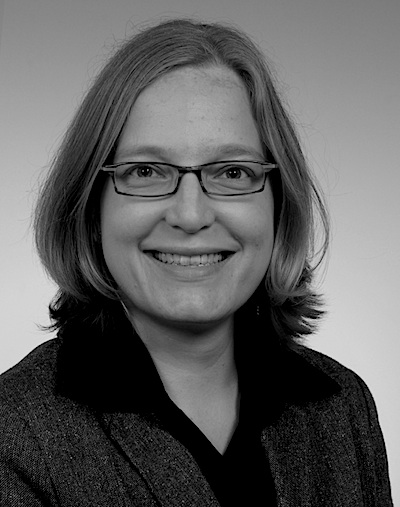Cambridge 7th to 9th September

Presenting Author:
Delia Brauer
<delia.brauer@uni-jena.de>
article posted 16 Mar 2015
DeliaBrauer
Delia S. Brauer is a junior professor at the Otto Schott Institute, University of Jena,
Germany. After finishing her studies in environmental chemistry she completed her
PhD on phosphate glasses at the University of Jena. She worked as a postdoctoral
researcher at the University of California, San Francisco, Nagoya Institute of Technology,
Japan, and Imperial College London and Queen Mary University of London, UK,
before returning to Jena in 2012. Her research focuses on the structure-property
relationship in glasses, with a focus on degradable and highly disrupted glass systems
including phosphate glasses and bioactive glasses. She is a member of Technical
Committee 04 (Bioglasses) of the International Commission on Glass and Associate
Editor of a new journal "Biomedical Glasses".

Crystallization of Er3+:BaGdF5 from aluminosilicate glasses
Maxi Tylkowski1, Andreas Herrmann1, Marcin Sroda2, Delia.S. Brauer1,*
Rare earth-doped materials gain more and more importance for modern applications in lighting technology, communication and solid-state lasers. Over the last years, rare earth-doped fluoride crystals within an aluminosilicate glass matrix have gained much interest, as they combine the benefits of fluoride crystals (e.g. low phonon energy) with the thermal and chemical stability of aluminosilicate glasses. Most of these glasses, however, have very high melting temperatures (around 1600°C), which is a disadvantage for commercialisation. The aim of this study was therefore to prepare fluoride-containing aluminosilicate glasses of lower melting temperature and investigate their thermal properties and crystallisation.
Glasses in the system SiO2-Al2O3 -Al2F6-Gd2O3 -NaF-BaF2 with 55mol% SiO2 were melted at 1400 to 1450°C and doped with Er3+ ions at a concentration of 5x1019 cm-3. After DTA and dilatometry measurements, glasses were heat-treated between Tg (about 580°C) and 750°C to analyse the formation of crystal phases.
All glasses were obtained transparent, although electron microscopy showed phase separation in some of the glasses. Heat-treatment led to crystallization of barium gadolinium fluoride phases, which are known for their low phonon energy and support for energy transfer processes, which is important for applications using up- and down-conversion processes. The obtained phases were BaGdF5 and NaBa5Gd4F23, and morphology and growth mechanism of those phases were investigated using SEM and TEM. At high temperatures, crystallisation of the silicate matrix occurred as well. SEM microanalysis and fluorescence behaviour further showed that Er3+ ions were successfully incorporated into the fluoride phases, which makes these glass-ceramics of interest for applications as solid-state lasers or optical amplifiers.

Institutions:
1 Otto Schott Institute of Materials Research, Faculty of Chemistry and Earth Sciences, Friedrich Schiller University, Jena, Germany
2 AGH-University of Science and Technology, Krakow, Poland
